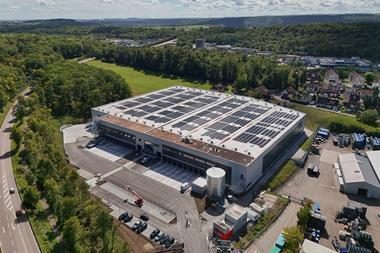Increased liquidity will help the real estate market break free of its shackles this year, according to a study by Prudential Real Estate Investors (PREI), known as Pramerica in Europe.
In its ‘Global Outlook: The Search for Yield’ paper, the firm said a combination of low interest rates, rising liquidity and improving GDP growth outlooks in developed markets were positive factors, along with stronger occupier demand, low supply growth and a highly supportive policy environment.
“Today’s market conditions represent a sweet spot for real estate investment,” the report says.
“Real estate investment continues to present itself as an attractive prospect relative to other asset classes, and pension and insurance funds are increasingly turning to real estate assets, which offer a combination of income and capital growth potential.”
PREI foresees a boost in liquidity and debt availability from alternative lenders and a shift in emphasis towards both late recovery markets and retail assets.
The investment manager said 2015 would continue to offer the prospect of stronger growth, with the market expected to break free of some of the shackles that have constrained higher-risk investment strategies.
“It is anticipated there will be a strong environment for capital raising as a result of the ongoing demand for global real estate,” PREI said.
Europe, PREI said, remained a popular investment choice thanks to increased activity among domestic investors and a sharp increase in overseas investment activity.
As a relatively high-yielding asset class, even with record low yields, real estate is set to benefit in an environment where income returns dominate over growth potential, the firm’s report says.
It adds: “This will leave investors with the choice to invest in either evolving market trends by capitalising on changing market patterns relating to structural trends, or capitalising on the upswing by investing in faster-growing late recovery markets, or focusing on high-quality assets in locations with proven durability despite returns appearing low within historical context.”









